How A Simple Tool Can Help Prevent Corrosion

What if I told you that corrosion has a bigger impact around your surroundings then you may think, and is becoming a greater issue each year. According to a study performed by CC Technologies Laboratories, Inc., with support from the FHWA and NACE, “the total annual estimated direct cost of corrosion in the U.S. is a staggering $276 billion.” You would think that a cost that high would garner more publicity.
Corrosion can be described simply as the steady damage of materials by chemical reaction within their setting. This definition is appropriate to many surfaces, but is especially true in regards to metals. You probably haven’t noticed it, but corroding metals are lingering everywhere and can cause great damage if left untreated. In fact, the U.S. Department of Transportation reported in 2014 that there are over 61,000 structurally deficient bridges in need of repair in the United States. So, how can we start to address this issue?
Identifying The Problem
It’s always easier to avoid a problem than to correct it once it happens, and prevention can start with one small tool, a marker. You may find it hard to believe, but something as small as a marker can make a huge impact in either preserving or deteriorating the materials you’re surrounded with in a working environment.
How can something as harmless as a marker be so….. harmful? Well, certain markers are high in chemicals that can attack a number of corrosion resisted alloys. A marker with high levels of chloride, other halogens, and/or sulfur may damage many types of surfaces in your workplace. The protective layer on these surfaces starts to weaken and decay over time, and the corrosion can continue to work its way through the metal weakening it further. This can have an huge effect on your finances and safety.
A number of industries continue to use stainless steel for its corrosion resistant properties, but these compounds can corrode stainless steel as well. These industries include: nuclear power generation; oil refining; aerospace; shipbuilding; and the military, but can be found just about anywhere. Ensuring that there are no structural failures will give employees in these industries a piece of mind. Workers tend to perform at a higher level if placed in a safe environment. Choosing the right marking tool now becomes very important.
Finding The Perfect Solution
When choosing the right marking tool, you need to make sure that the label clearly says “Low Halogen” and/or “Low Chloride”. Products that are described as being “Low Corrosion” typically include more compounds, like sulfur, for ever greater peace of mind. You may call the company of your desired product as well and ask for a typical analysis. It is vital that the number of chlorides and sulfur are less than 250 ppm. Ideally, total halogens should be less than 200 ppm.
Some industries have stricter guidelines and the right marking tool for them may have to be batch traceable and certified to meet written specifications. Some of the most common specifications include RDT F-7-3T, EDF PMUC, MIL – STD-2041 D and U.S. Navy C3070. Markers that are marked as being “Certified’ have an imprint with a lot code for traceability, which can be tied to a matching lot analysis that ensures full compliance and peace of mind. A full analysis and certificate should be made available on the manufacturer’s website.
With many people getting caught up in the big picture of a certain job or project, there is little thought about how large of an impact a marker has in your job. Corrosion can lead to damages that will put a hold on your project, cause equipment failures, result in injuries or death, and overall success of your business. Preventing this catastrophe from happening can take very little effort by purchasing a marker that is right for the job.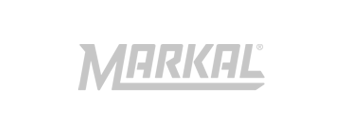
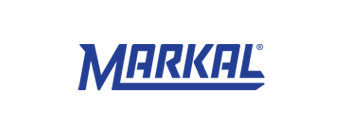
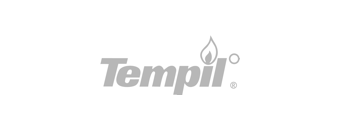
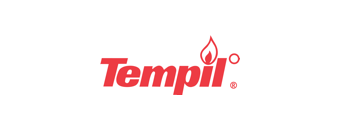

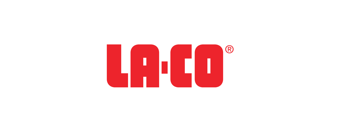

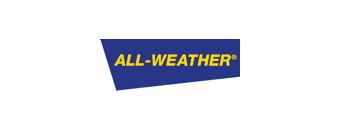











Comments 0